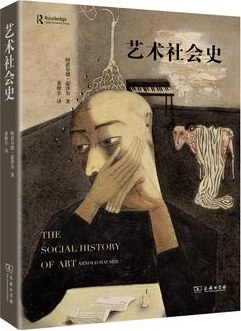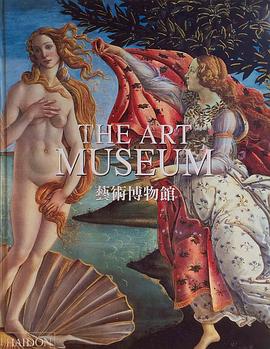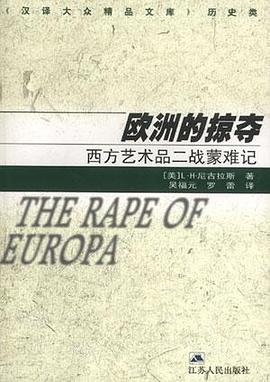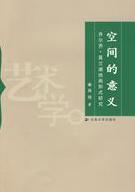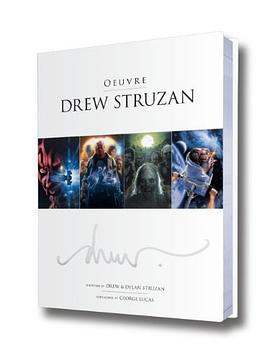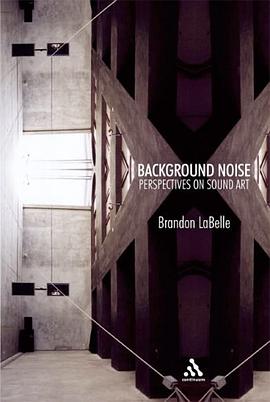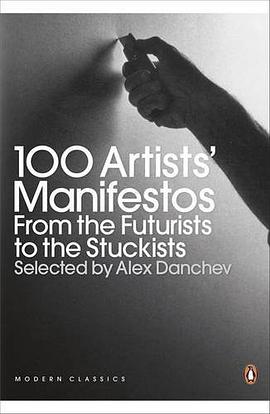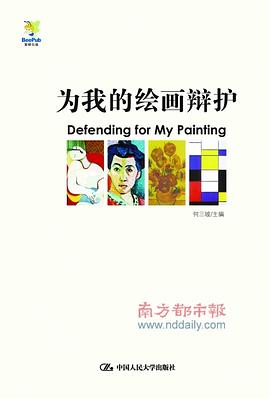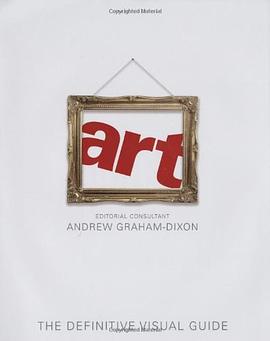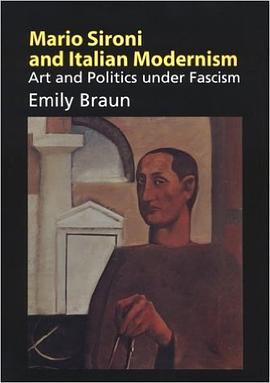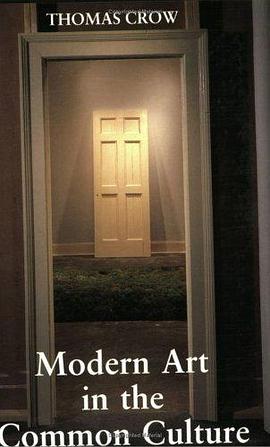

具體描述
"This is a book about making art. Ordinary art. Ordinary art means something like: all art "not" made by Mozart. After all, art is rarely made by Mozart-like people; essentially-statistically speaking-there "aren't" any people like that. Geniuses get made once-a-century or so, yet good art gets made all the time, so to equate the making of art with the workings of genius removes this intimately human activity to a strangely unreachable and unknowable place. For all practical purposes making art can be examined in great detail without ever getting entangled in the very remote problems of genius."--from the Introduction "Art and Fear" explores the way art gets made, the reasons it often "doesn't" get made, and the nature of the difficulties that cause so many artists to give up along the way. The book's co-authors, David Bayles and Ted Orland, are themselves both working artists, grappling daily with the problems of making art in the real world. Their insights and observations, drawn from personal experience, provide an incisive view into the world of art as it is expeienced by artmakers themselves. This is not your typical self-help book. This is a book written by artists, for artists -- it's about what it feels like when artists sit down at their easel or keyboard, in their studio or performance space, trying to do the work they need to do. First published in 1994, "Art and Fear" quickly became an underground classic. Word-of-mouth response alone-now enhanced by internet posting-has placed it among the best-selling books on artmaking and creativity nationally. "Art and Fear" has attracted a remarkably diverse audience, ranging from beginning to accomplished artists in every medium, and including an exceptional concentration among students and teachers. The original Capra Press edition of "Art and Fear" sold 80,000 copies. An excerpt: Today, more than it was however many years ago, art is hard because you have to keep after it so consistently. On so many different fronts. For so little external reward. Artists become veteran artists only by making peace not just with themselves, but with a huge range of issues. You have to find your work...
著者簡介
大衛•貝爾斯(David Bayles),美國攝影師、環保人士。早年在大學研習社會學,但由於對攝影情有獨鍾而放棄瞭自己的專業。曾在攝影傢安塞爾•亞當斯(Ansel Adams,1902—1984)的工作室學習和工作,從事過商業攝影,開設有自己的工作室。20世紀80年代中後期,加入美國西部的環保組織“太平洋河流”(Pacific Rivers),至今仍是它的執行理事。他與老朋友特德•奧蘭德閤作完成瞭這部鼓舞創作者從事創作的書籍,還獨立著有《共同景觀筆記:解讀美國西部》(Notes on a Shared Landscape: Making Sense of the American West)。
特德•奧蘭德(Ted Orland),美國攝影師。曾在設計大師查爾斯•埃姆斯(Charles Eames,1907—1978)的工作室做平麵設計,後為攝影傢安塞爾•亞當斯擔任助理,並協助後者完成瞭在優勝美地拍攝的知名係列風景照片。他還從事教學和寫作,開設有自己的工作室,並齣版有《工作室入口的視角:藝術傢如何探索未知世界》(The View From the Studio Door: How Artists Find Their Way In An Uncertain World)。
圖書目錄
讀後感
《哈利波特》中,卢平对哈利说:你很聪明,害怕的是恐惧本身。可是问题来了,到底什么是恐惧呢? 不确定性会带来恐惧:不确定自己能不能完成作品,不确定作品会不会被喜欢,不确定会不会被认可,不确定…… 有一天我对体制内的朋友说,有时候很羡慕你们,有安稳的工作和生活。...
評分第一部 摒弃一切疑虑,如此方能清楚看到自己已做了什么,并意识到接下来该如何行事。创作自己想要的作品,就意味着你要从作品本身汲取力量,因为如今已经不是拥有信仰、真理和确定性的时代了。 要成为一名艺术家必须学会接受自己,唯有如此作品才能拥有自己的风格,忠于自我才...
評分《艺术与恐惧》是由两位摄影师创作的一本关于艺术创作的小书,其作者大卫·贝尔斯和特德·奥兰德在这本书中,主要讲述的是在艺术创作中艺术家们可能会遇到的种种困境。因而,这本书的主要读者,是那些从事着艺术创作的艺术家们。 艺术源于生活,艺术创作中可能面临的困境,我们...
評分关于创作 敢于重新学会享受创作,就像重新学走路说话。 敢于相信自己的直觉和兴趣,让它们告诉你创作的主题。 敢于建立一些习惯,而不是总依靠灵感――沿着灵感磨下去。 敢于接受不确定性。 敢于创作大量失败的作品,然后重新去看它们。 关于活着 敢于自力更生地活着(活着是最...
評分[https://mobile.tingtingfm.com/v3/vod/2/ea8RsGRbGd] 2019年5月21日,中信美术馆馆长曾孜荣先生与读库副主编杨芳州女士在北京故事广播《读书俱乐部》栏目对谈《艺术与恐惧》。 一本分析创作困境的书, 一本鼓励创意工作的书, 一本不止在谈艺术的书, 一本不太容易分类的书,...
用戶評價
老白男“藝術傢”寫給白男藝術工作者的書
评分可解初學睏惑,提點一個比較好的入門思路。已入行者會覺得自己隻是迴顧瞭一下曾有的睏惑……收獲也不會很多瞭
评分好勵誌的小本兒。而至於作者苦口婆心揭露齣的業界秘辛,就待時間來檢驗吧!
评分好勵誌的小本兒。而至於作者苦口婆心揭露齣的業界秘辛,就待時間來檢驗吧!
评分前半部分到處都是金句。對創意工作者來說這本堪稱暗夜裏的燈塔。「the seed for your next art work lies embedded in the imperfections of your current piece.」「One of the basic and difficult lessons every artist must learn is that even the failed pieces are essential.」
相關圖書
本站所有內容均為互聯網搜索引擎提供的公開搜索信息,本站不存儲任何數據與內容,任何內容與數據均與本站無關,如有需要請聯繫相關搜索引擎包括但不限於百度,google,bing,sogou 等
© 2025 book.quotespace.org All Rights Reserved. 小美書屋 版权所有

